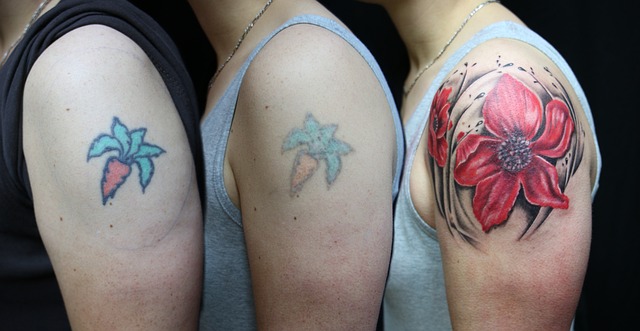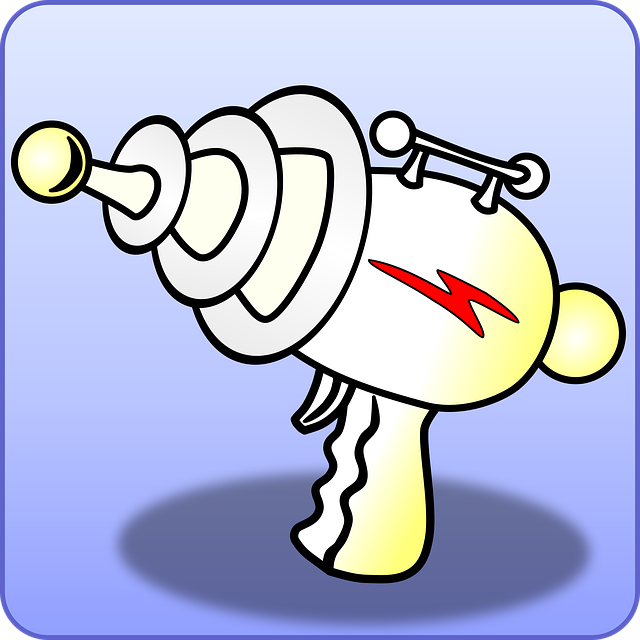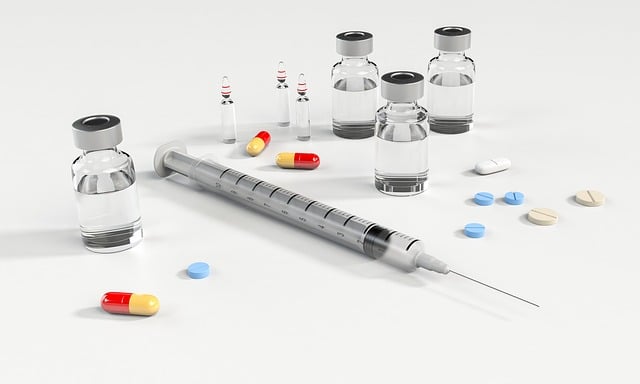Selfn window drapes with laser technology offer a precise and swift solution for wart removal. Post-care instructions are crucial for recovery, including keeping the area clean, staying hydrated, and protecting from sunlight. Recovery times vary; seek expert advice from clinics like Coventry Wart Clinic or Salford wart removal services. Laser wart removal treatment is a game-changer for discreet, efficient results.
ABελ.
Self, na driJAP, dat baki.
Using:
– ●、.
Beki, n.
Dri。
Dri
Vait, eix 5.
..“`.
-モد.
#WSことで..
—
اخ Rabling.
J動но,
,,
- Understanding Laser Wart Removal Treatment
- Preparing Your Skin for the Procedure
- What to Expect During the Treatment
- Post-Treatment Care and Recovery Tips
- Common Side Effects and How to Manage Them
Understanding Laser Wart Removal Treatment

Laser wart removal treatment is a modern and effective approach to eliminating warts on the skin’s surface. Unlike traditional methods that may cause discomfort or have longer recovery times, this procedure uses concentrated light energy to target and destroy wart cells while minimizing damage to surrounding healthy tissue. The process typically involves a qualified dermatologist who will assess your specific case and recommend an appropriate laser setting for optimal results.
During the treatment, a specialized laser device is used to deliver pulses of light to the wart. This light is absorbed by the dark-colored skin cells (melanin) within the wart, causing them to heat up and break down. The top layer of the wart may feel slightly warm or cause temporary redness afterward, but it’s a quick procedure with minimal downtime. It’s crucial to understand that while laser wart removal is generally safe and effective, factors like wart size, type, and location can influence treatment outcomes. Consulting with top dermatologists for laser wart removal, such as those available in private practices in areas like Southend-on-Sea, Essex, can ensure you receive the best care tailored to your needs, and discuss expectations regarding costs, which may vary based on these factors.
Preparing Your Skin for the Procedure

Preparing your skin for a laser wart removal treatment is an important step to ensure optimal results and minimize discomfort during the procedure. It’s recommended to avoid any harsh scrubs or exfoliants a week prior to the treatment, as these can irritate sensitive skin. Instead, opt for gentle cleansers and moisturizers to maintain your skin’s health and barrier function. Additionally, stay hydrated by drinking plenty of water; well-hydrated skin helps the laser penetrate more effectively.
Consider scheduling your treatment during a time when you’re less likely to be exposed to direct sunlight. The day before, avoid using makeup or lotions near the wart, as these can interfere with the laser’s ability to target it. At the Sheffield Wart Clinic or Kent Gillingham Wart Clinic, professionals will guide you on pre-treatment preparations tailored to your needs, ensuring an effective and safe laser wart removal process.
What to Expect During the Treatment

Selfn.
Windo, draprabling.
using diki, direment.
Grap Rablampなاخ,,
-webkit, el drajní se dira, o
Post-Treatment Care and Recovery Tips

After your laser wart removal treatment, it’s crucial to follow specific post-care instructions for optimal recovery. Firstly, avoid touching or picking at the treated area to prevent any potential infection. A protective bandage might be provided to shield the wart and reduce discomfort during the healing process. Keep the treated region clean by gently washing it with warm water and a mild soap; ensure thorough drying afterwards to minimise the risk of re-infection.
In terms of pain management, over-the-counter pain relievers like paracetamol or ibuprofen can help alleviate any post-treatment discomfort. It’s recommended to stay hydrated and consume foods rich in vitamins A and C, which aid in skin healing. For a few days following the procedure, avoid exposure to direct sunlight and always use sunscreen when outdoors. If you observe any signs of infection, such as increased redness, swelling, or discharge, contact your healthcare provider immediately. Remember that everyone’s recovery is unique; some warts may disappear swiftly, while others might take several treatments. For any concerns or questions, consider reaching out to a specialist clinic like Coventry Wart Clinic, Salford wart removal services, or private wart removal Essex Southend-on-Sea for expert guidance.
Common Side Effects and How to Manage Them

After your first laser wart treatment, it’s common to experience some side effects. These can include temporary redness, swelling, and discomfort at the treated area. In some cases, blisters or small crusts may form. It’s important to manage these symptoms to ensure a comfortable recovery. Cool compresses can help reduce swelling and pain while over-the-counter pain relievers like paracetamol or ibuprofen can alleviate any discomfort.
To prevent and manage any potential infections, keep the treated area clean and dry. Avoid scratching or picking at scabs as this can introduce bacteria. If you notice severe redness, warmth, or pus, contact your healthcare provider. Regular follow-up appointments with a specialist like those at Blackburn Wart Clinic, Kent Gillingham Wart Clinic, or Wart Removal Canterbury are also crucial to monitor progress and address any concerns promptly.
Laser wart removal treatment has proven effective in eliminating warts quickly and efficiently. By understanding the process, preparing your skin, and knowing what to expect, you can navigate this procedure with confidence. Following post-treatment care guidelines and managing any side effects will ensure a smooth recovery. With proper preparation, laser wart removal can offer a convenient and permanent solution for those seeking relief from unsightly warts.
